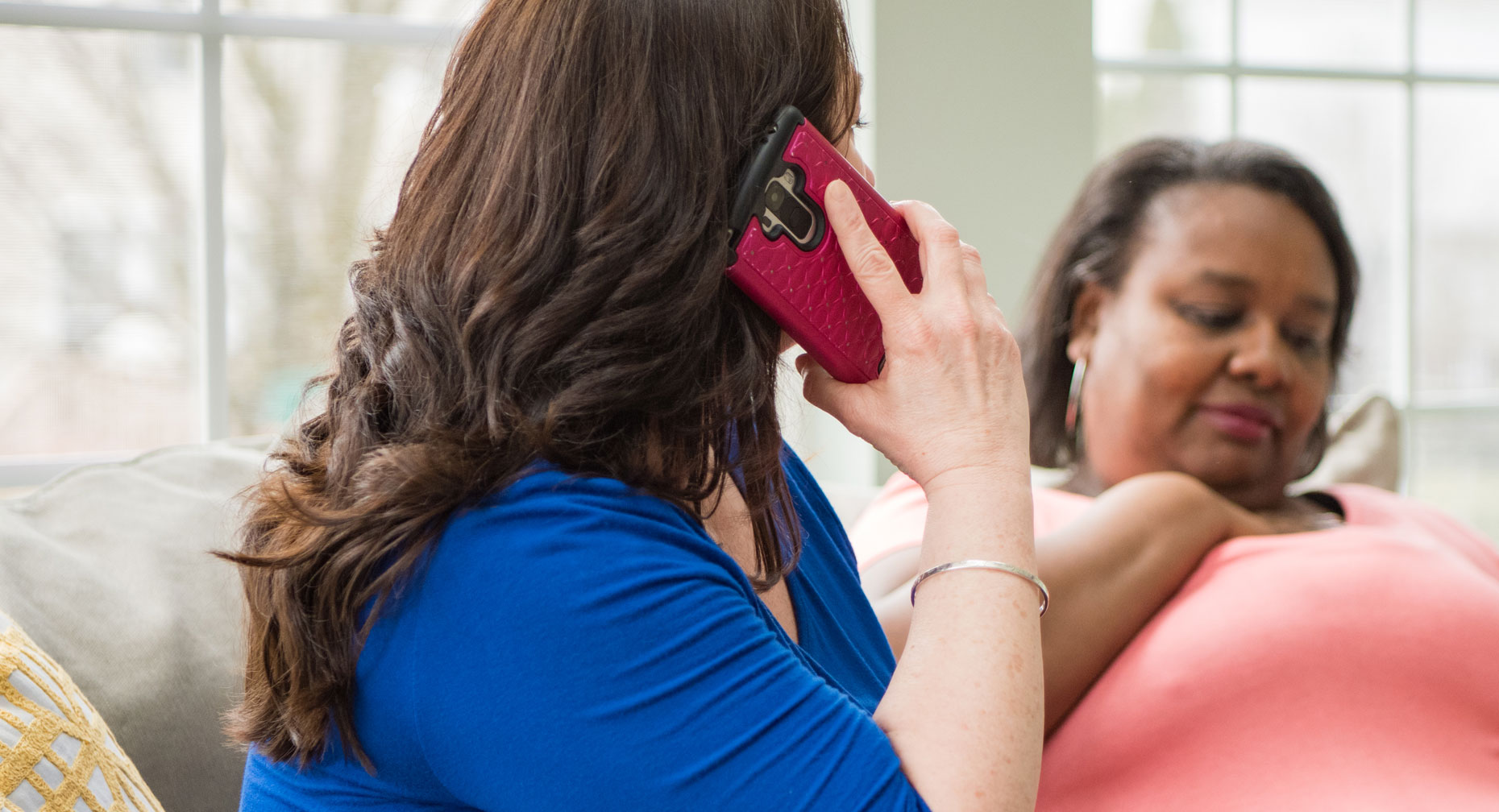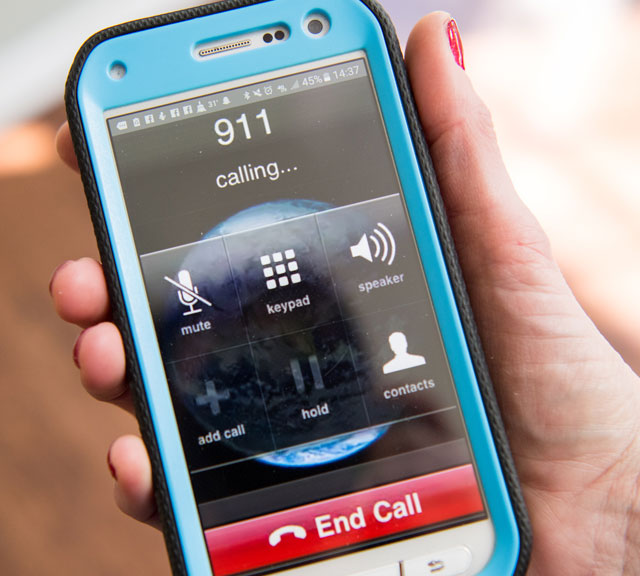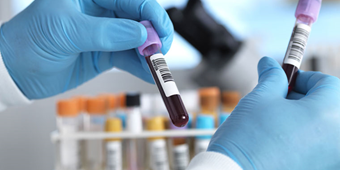How To Stop a Heart Attack In Its Tracks

Answer a few questions and we'll provide you with a list of primary care providers that best fit your needs.
It could be the most important 60 seconds of your life, so now is the time to prepare yourself.
Seriously, to survive a heart attack, you need to know the signs and how to respond, well before it ever happens. You can’t afford to wait. Not even for a minute.
A heart attack occurs when a coronary artery is blocked and blood can’t reach the heart. When this happens, the heart muscle will begin to die. This can permanently damage your heart, and result in death.
Familiarize yourself with the symptoms of heart attack now, while you’re healthy, and know what action to take before a heart attack ever strikes. The faster you get to a hospital, the greater your chances of restoring blood flow to the heart, saving heart muscle and your life.
Be Prepared For a Heart Attack
What does a heart attack feel like? For women (and often for men, too), it’s not the crushing, chest-grabbing pain you often see in the movies. While women may experience debilitating pain, it’s more likely you’ll feel an uncomfortable chest pressure or squeezing, shortness of breath, something like heartburn, or even mild symptoms like fatigue or lightheadedness.
But even before symptoms strike, you can prepare by knowing which hospitals in your area have 24-hour emergency cardiac care. Also, keep a list of emergency phone numbers next to your phone and with you at all times, as well as a list of your medications.
Calling 9-1-1: Just Do It
If you think you are in the throes of a heart attack, don’t try to wait it out, no matter how mild your symptoms. Act immediately. Here’s how:
DO:
- Call 9-1-1. Do this before doing anything else.
- Take an aspirin. Chew one uncoated 325-milligram aspirin (not a baby aspirin). It may not stop the heart attack, but it could lessen the damage by thinning the blood and breaking up clots.
- Take nitroglycerin for chest pain if you have a prescription.
- Unlock the door so the paramedics can get in.
- Call a friend or neighbor to wait with you.
- Rest while waiting.
- Speak up! Let the 9-1-1 operator, the paramedics, the doctors, the nurses, and anyone else you speak to know that you think you are having a heart attack.
- Trust your instincts. Don’t allow anyone (including medical personnel) to brush off your symptoms or talk you out of seeking help.
DON’T:
- Wait to call 9-1-1. Don’t call your doctor’s office first. Don’t go on the internet to consult Dr. Google. Don’t wait to see if your condition changes. Don’t ask your spouse or friends what they think. Just call.
- Drive yourself to the hospital. And don’t let someone else drive you, either. Leave the driving to the emergency crew. First off, you could die in the car. Second, the paramedics can start taking your vital signs and may even save your life if the situation gets worse before you get to the hospital. This includes administering life-saving treatments right there in the ambulance.
- Be afraid of embarrassing yourself. The medical team treating you are professionals. They don’t want you to risk your life because you’re afraid of what they might think. And they’re not going to shake their heads and gossip about your bad case of indigestion as you leave. And even if they did — would you rather die of embarrassment, or die from a heart attack?
Diagnosis On the Run
In the ambulance, paramedics may perform an electrocardiogram (ECG or EKG). In this procedure, wires are connected to your chest and to a monitor. Your heart activity will be recorded and the test will confirm whether you are having a heart attack. The paramedics will send the EKG results to the emergency department (ED) so that the staff is ready to treat you as soon as you’re brought through the door. In some circumstances, they also may begin treatment, such as administering clot-busting drugs.
Familiarize yourself with the symptoms of heart attack now, while you’re healthy, and know what action to take before a heart attack ever strikes.
Rapid Treatment Saves Lives
Treatment may begin immediately in the ED, even before doctors have confirmed that you are having a heart attack. This may include giving you aspirin or nitroglycerin, oxygen therapy, and/or treatment to reduce your chest pain.
If a heart attack is diagnosed (or strongly suspected), doctors will act quickly to restore blood flow to the heart. This may include giving you clot-busting medicines (thrombolytic medicines) that dissolve the clots that are blocking the coronary arteries.
Another treatment is balloon angioplasty, in which a thin, flexible tube with a balloon at the end is threaded through your artery to the blockage. Once the blockage is reached, the balloon is inflated, pressing the clot against the artery walls and restoring blood flow. Doctors also may place a stent (kind of like a springy, wire mesh basket) in the area of the blockage to hold the artery open and allow blood to continue to flow.
Don’t Become a Statistic
Of course, all of these life-saving treatments are of no use if you don’t respond immediately to the warning signs of heart attacks.
According to a study published in Circulation (the journal of the American Heart Association), more than half of the 1.2 million people who have a heart attack or coronary death each year in the U.S. die in an ED or before reaching a hospital within an hour of the onset of symptoms.
Speed is of the essence in stopping heart attacks. Lifesaving measures are only effective for a brief period of time after symptoms begin, before heart muscle begins to die and your heart ceases to function. Heed the advice. And just. Don’t. Wait.
Answer a few questions and we'll provide you with a list of primary care providers that best fit your needs.
Source: American Heart Association; National Institutes of Health; SecondsCount.org (The Society for Cardiovascular Angiography and Interventions); American Association of Retired Persons




